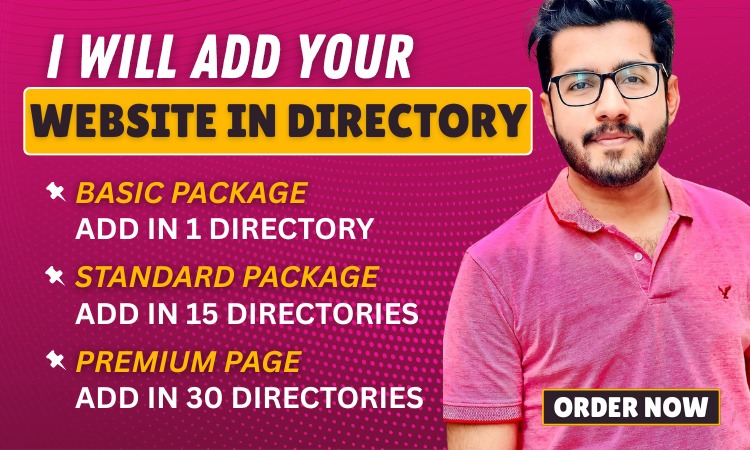Every engineering team knows the pain of chasing production issues through scattered logs, dashboards, and tracing tools. The bigger your system gets, the harder it is to connect the dots. That’s exactly why dash0 was created — to bring clarity back into the chaos.
Instead of being just another monitoring tool, dash0 is an OpenTelemetry-native observability platform. It unifies metrics, logs, and traces, giving you a complete picture of your system without the usual complexity or high costs.
What is Dash0?
At its simplest, dash0 is an all-in-one observability solution that helps teams understand their systems in real time. Built on OpenTelemetry standards, it avoids vendor lock-in and keeps your data open, portable, and future-ready.
Whether you’re running Kubernetes clusters, scaling microservices, or supporting SaaS platforms, dash0 gives you the visibility and control you need.
Why Dash0 Stands Out
OpenTelemetry First
Unlike many tools that only “support” OpenTelemetry, dash0 is built around it. That means seamless integration with existing OTel setups and confidence your telemetry will always be usable.
Predictable Pricing
Forget confusing host-based billing. With dash0, you pay for telemetry volume — simple, fair, and easy to optimize.
Built for Engineers
From keyboard shortcuts to dark mode, dash0 was designed with developers, SREs, and platform engineers in mind.
Core Features of Dash0
Metrics You Can Trust
Store, query, and visualize metrics with long-term retention. With dash0, trends and anomalies jump out quickly.
Connected Distributed Tracing
Follow requests through your entire system to pinpoint bottlenecks. Dash0 links traces directly with logs and metrics for context.
Logs That Add Value
No more drowning in endless log lines. Dash0 ties logs to specific spans or metrics so you see exactly what matters.
Service Maps and Dashboards
Automatically generated service maps and customizable dashboards make complex systems easier to understand.
Proactive Alerting and Monitoring
Catch problems before users do with dash0’s alerting and synthetic monitoring features.
Infrastructure as Code Friendly
Define and manage dashboards and alerts as code, keeping observability consistent with your infrastructure.
Who Should Use Dash0?
-
Developers who need quick insights without tool overload.
-
SREs aiming to cut mean time to resolution (MTTR).
-
Platform engineers monitoring Kubernetes workloads.
-
Growing startups looking for affordable observability that scales.
How Dash0 Works Under the Hood
The secret sauce of dash0 is ClickHouse, a high-performance columnar database. This allows lightning-fast queries on massive volumes of telemetry data. High-cardinality data, like tags or attributes, doesn’t slow it down.
Dash0 Pricing Model
Dash0 keeps pricing transparent. Instead of charging for hosts, seats, or dashboards, it charges by the amount of telemetry ingested. Built-in cost dashboards help teams identify noisy data and optimize spend.
Dash0 vs The Competition
Dash0 vs Datadog
Datadog is feature-rich but often expensive. Dash0 delivers the essentials with predictable pricing and full OTel support.
Dash0 vs New Relic
New Relic relies on proprietary telemetry formats. Dash0 stays fully OTel-native.
Dash0 vs Prometheus & Grafana
Prometheus and Grafana are flexible but require heavy setup. Dash0 offers similar insights out of the box.
Practical Use Cases for Dash0
-
Monitoring Kubernetes clusters efficiently.
-
Debugging slow microservices in production.
-
Reducing downtime during critical incidents.
-
Managing observability budgets at scale.
Best Practices with Dash0
-
Use consistent service naming across telemetry.
-
Apply trace sampling for high-volume apps.
-
Review cost dashboards regularly to cut noise.
-
Combine service maps with alerts for faster troubleshooting.
Real-World Example: Dash0 in Action
Imagine your payment service starts lagging. With dash0, you notice latency spikes in your metrics. From there, you trace the issue through multiple services and find a slow database query. Logs confirm the query is misconfigured. Within minutes, you’ve gone from symptom to solution — no tool-hopping required.
The Future of Observability with Dash0
As OpenTelemetry adoption grows, dash0 is positioned as the go-to platform for modern teams. It’s lean, open, and flexible — everything traditional observability platforms struggle to be.
Conclusion
In a world where systems are only getting more complex, dash0 delivers clarity. By unifying logs, metrics, and traces, respecting open standards, and keeping pricing transparent, dash0 helps teams move fast without breaking the bank.
FAQs
Q1: What is dash0 mainly used for?
Dash0 is used for observability — combining logs, metrics, and traces in one OpenTelemetry-native platform.
Q2: Does dash0 support Kubernetes?
Yes, dash0 has deep Kubernetes monitoring built-in.
Q3: How is dash0 priced?
Dash0 charges based on telemetry volume, not hosts or licenses.
Q4: Who should consider using dash0?
Developers, SREs, and platform engineers seeking transparent, open observability.
Q5: How does dash0 compare to Datadog?
Dash0 is leaner, more affordable, and fully OpenTelemetry-native, while Datadog is closed and often costly.




